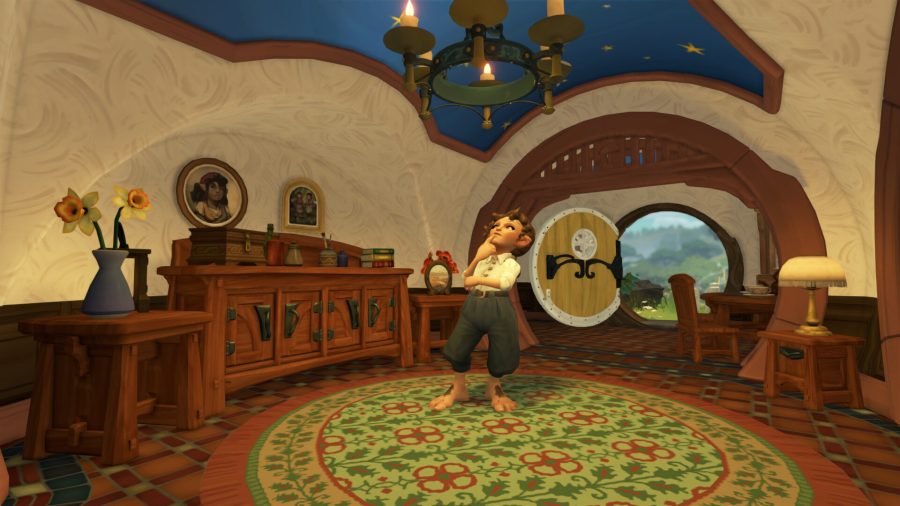It’s once again time to “fall back,” as the November time change approaches. If all this time shifting messes with your head, you’re far from alone. Here’s your twice-annual reminder about what this all means, and what to do.
The shortening of days as the weather cools down means Daylight Saving Time (DST) is coming to an end, and it’s almost time to switch back to standard time, when we set our clocks back an hour. Yes, this is the clock change where you get an extra hour of sleep, rather than losing an hour of sleep like you do in spring.
When does Daylight Savings Time end in 2024?
DST will technically end on Sunday, November 3, 2024 at 2 a.m. local time (if applicable in your area). Your smartphone will most likely change itself, but if you have, say, an old grandfather clock in your house, and you want to experience the time change as it happens, wait until 2 a.m. and set your clock back to 1 a.m. — yes, repeating the hour that just happened.
Alternatively, just set your grandfather clock back an hour before you go to bed on the night of Saturday, November 2.
What does the time change mean practically?
The “saved” daylight in the warmer months is the daylight from hours around dawn transferred to the evening, meaning when we set our clocks back, mornings will feel brighter, but the dark will suddenly set in much earlier. You’ll gain an extra hour of sleep on Saturday night, which might help you feel more rested on Sunday. You might feel like a night owl that first evening, having dinner under the stars instead of at twilight.
Am I in an area where the time change is observed?
If you are in the U.S., you probably have to participate in DST, but you might be an exception if you live in:
Hawaii, where the southern latitudes make the “Daylight Saving” concept less useful
U.S. island territories like Puerto Rico, the U.S. Virgin Islands, Guam, American Samoa, and the Northern Mariana Islands (such as Saipan) where residents do not adjust their clocks for essentially the same reason as Hawaii
Arizona excluding Navajo Nation, where there’s no time change, just because
Why do we change our clocks to begin with?
“Daylight Saving” is an attempt to make use of “extra” daylight during the evenings in warmer months. Shifting the clock in the summer means the already longer days feel radically longer because most people’s wake-ups are recalibrated to occur around sunrise, rather than having the first hour of valuable summer sunshine occur when most people are asleep.
In the colder months, when there’s no “extra” daylight to be conserved, we return to standard time, which re-aligns most of our wake-up times with the sunrise, and temporarily restores the accuracy of the term “high noon” because the sun is straight overhead once again.






















